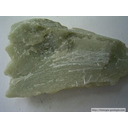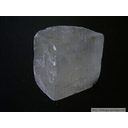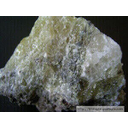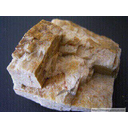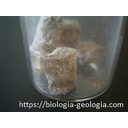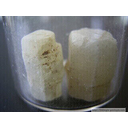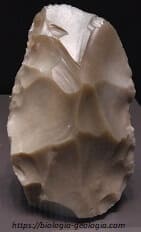Mechanical properties of minerals
The mechanical properties of minerals depend on the behavior of the mineral against the application of forces on its surface. The main mechanical properties of minerals are:
Hardness of a mineral
The hardness of a mineral is the resistance offered by its surface to being scratched. It depends on the cohesive forces of the mineral, which will be higher or lower depending on its structure.
Although there are several scales, the most used is the Mohs scale, which takes the hardnesses of ten minerals as a reference. These minerals are arranged in such a way that a mineral scratches the previous ones and is scratched by the later ones. For example, fluorite, with hardness 4, can scratch calcite, with hardness 3, and it can be scratched by apatite, with hardness 5. Similarly, it can be said that the hardness of a mineral is between 7 and 8 if it scratches quartz and is scratched by topaz.
It should be noted that the hardness values do not have a real arithmetic relationship between them, but are only a reference.
|
Hardness |
Material |
Chemical composition |
|
1 |
Talc, (can be easily scratched with the nail) |
Mg3Si4O10(OH)2 |
|
2 |
Gypsum, (it can be scratched with the nail with more difficulty) |
CaSO4 2H2O |
|
3 |
Calcite, (can be scratched with a copper coin) |
CaCO3 |
|
4 |
Fluorite, (can be scratched with a knife) |
CaF2 |
|
5 |
Apatite, (can be hardly scratched with a knife) |
Ca5(PO4)3 (OH-, Cl-, F-) |
|
6 |
Orthoclase feldspar, (can be scratched with a file) |
KAlSi3O8 |
|
7 |
Quartz, (scratches glass) |
SiO2 |
|
8 |
Topaz, (lines all of the above) |
Al 2 SiO 4 (OH-, F-) 2 |
|
9 |
Corundum, (only scratched bydiamond) |
Al2O3 |
|
10 |
Diamante, (the hardest mineral) |
C |
